Real-time Bidirectional ServiceNow Integration
Sync data between multiple ServiceNow instances or integrate it with platforms such as Jira, Azure DevOps, Salesforce, Zendesk, GitHub, and more.




Switching Between Tools is Now a Thing of the Past
Connect multiple ITSM systems across different departments or companies. Maintain context with every sync.
Don’t share credentials with other teams.
Choose what data to share with other teams and just sync it
Don’t copy-paste details between systems
Integrate your ServiceNow with your partner’s system and see everything in one place
Don't miss real-time status updates
Automate your ServiceNow sync and never miss a deadline
Don't spend on licensing costs
Stay in your favorite tool and sync the necessary data.







Make the Most out of Your ServiceNow Integration
Connect ServiceNow, the way you want
- Sync ServiceNow data one-way or two-way, in real time
- Set up a ServiceNow to ServiceNow integration or integrate it with a platform of your choice
- Get real-time status updates
- Orchestrate your service management workflows end-to-end
- Maintain transperancy across teams
- Restart sync automatically in case of downtime
Automate Your ServiceNow Integration
- Use ServiceNow’s advanced search syntax to set up an automatic sync
- Fine-tune your trigger at a granular level
- Edit and control triggers independently, at both ends
Bulk Synchronization
- Sync multiple ServiceNow entities based on conditions you set
- Connect existing ServiceNow entities across multiple platforms
- Have advanced control over your bulk operations
Custom Data Mapping Rules
- Create advanced field mappings and add custom logic with low-code Groovy scripts
- Sync multiple ServiceNow entities like incidents, problems, change requests, catalog tasks and more
- Map and share urgencies and priorities; adhere to SLAs
- Display correlation details within ServiceNow to maintain context
- Keep work notes private, only sync public comments
- Sync the SLA information or other time-sensitive data. Never miss a status update

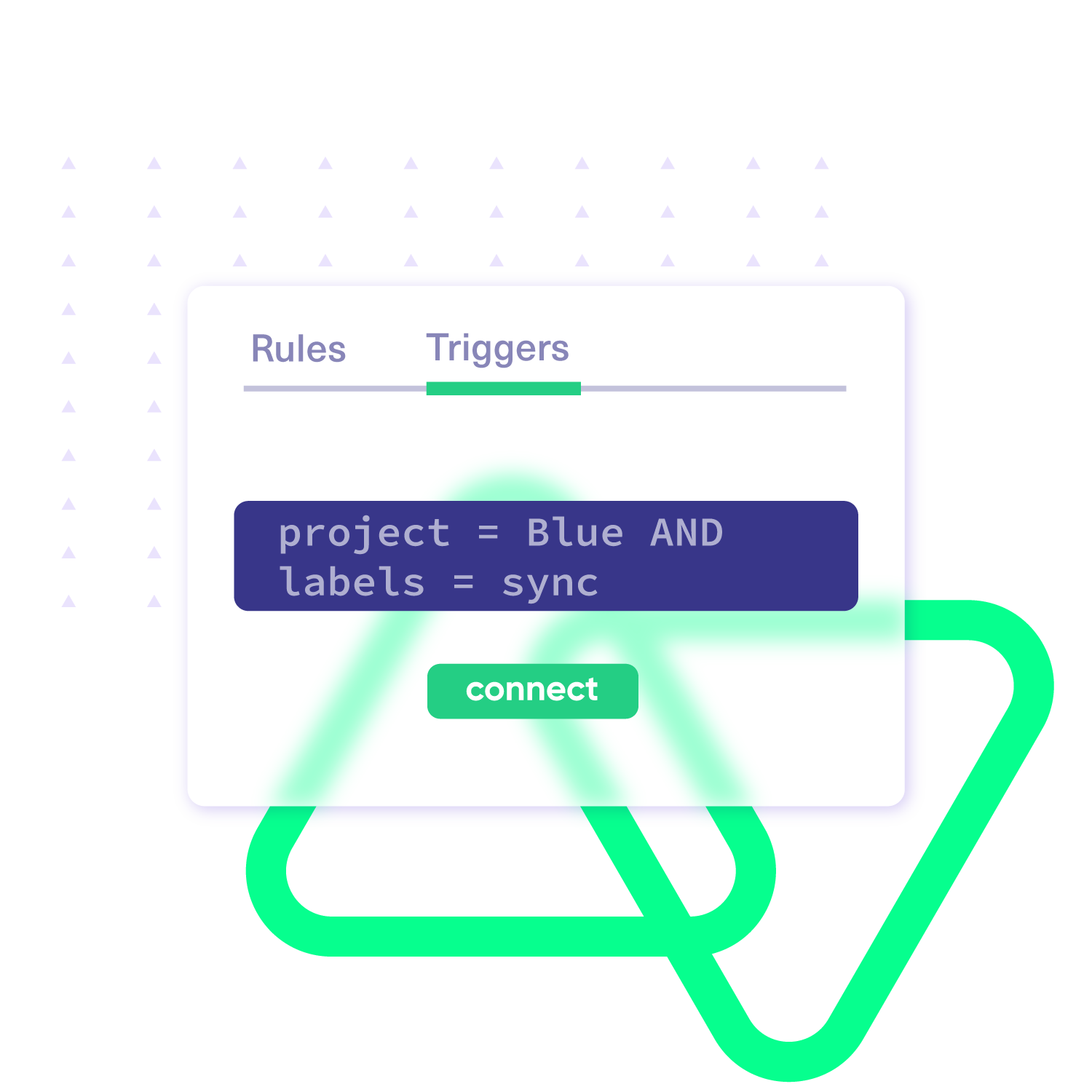
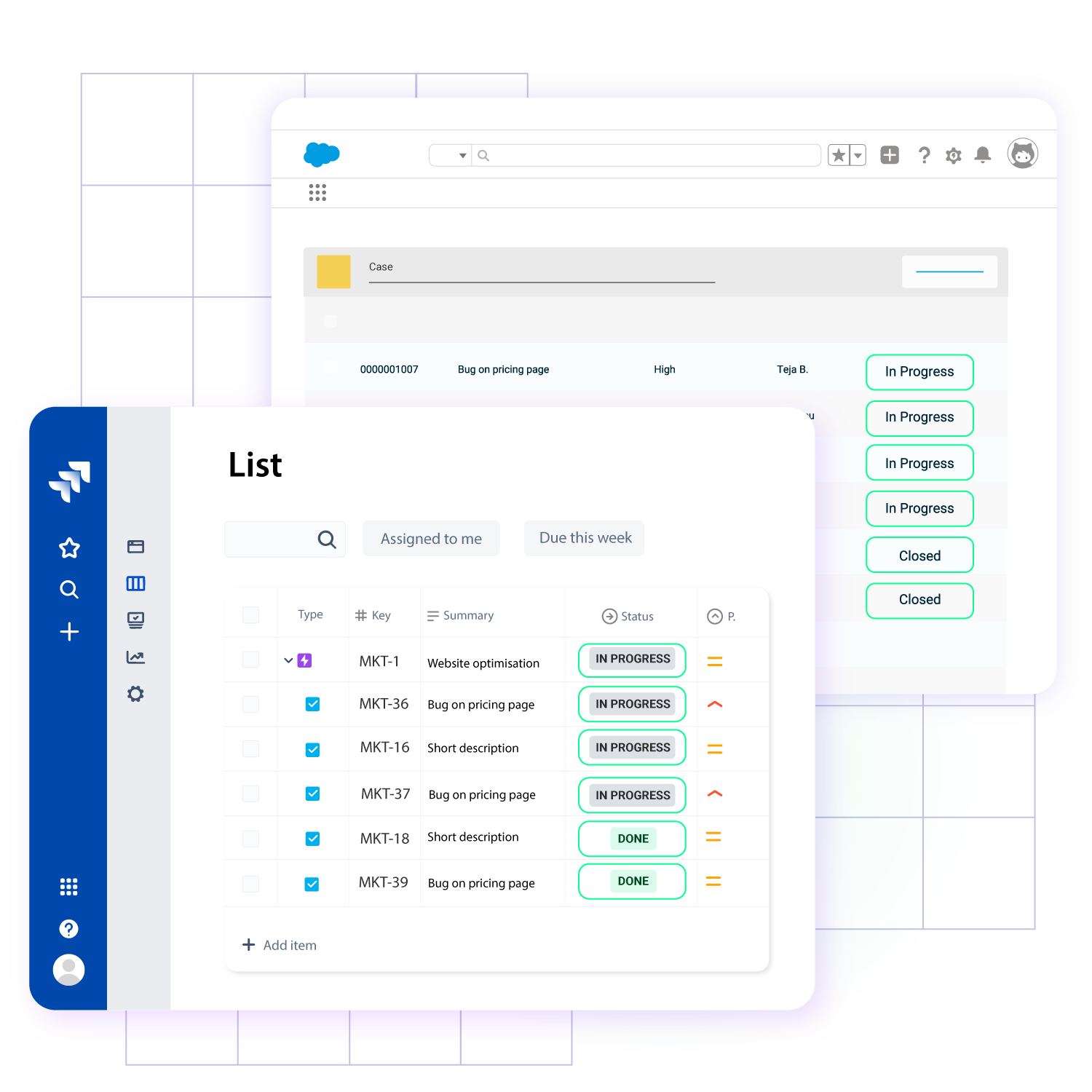
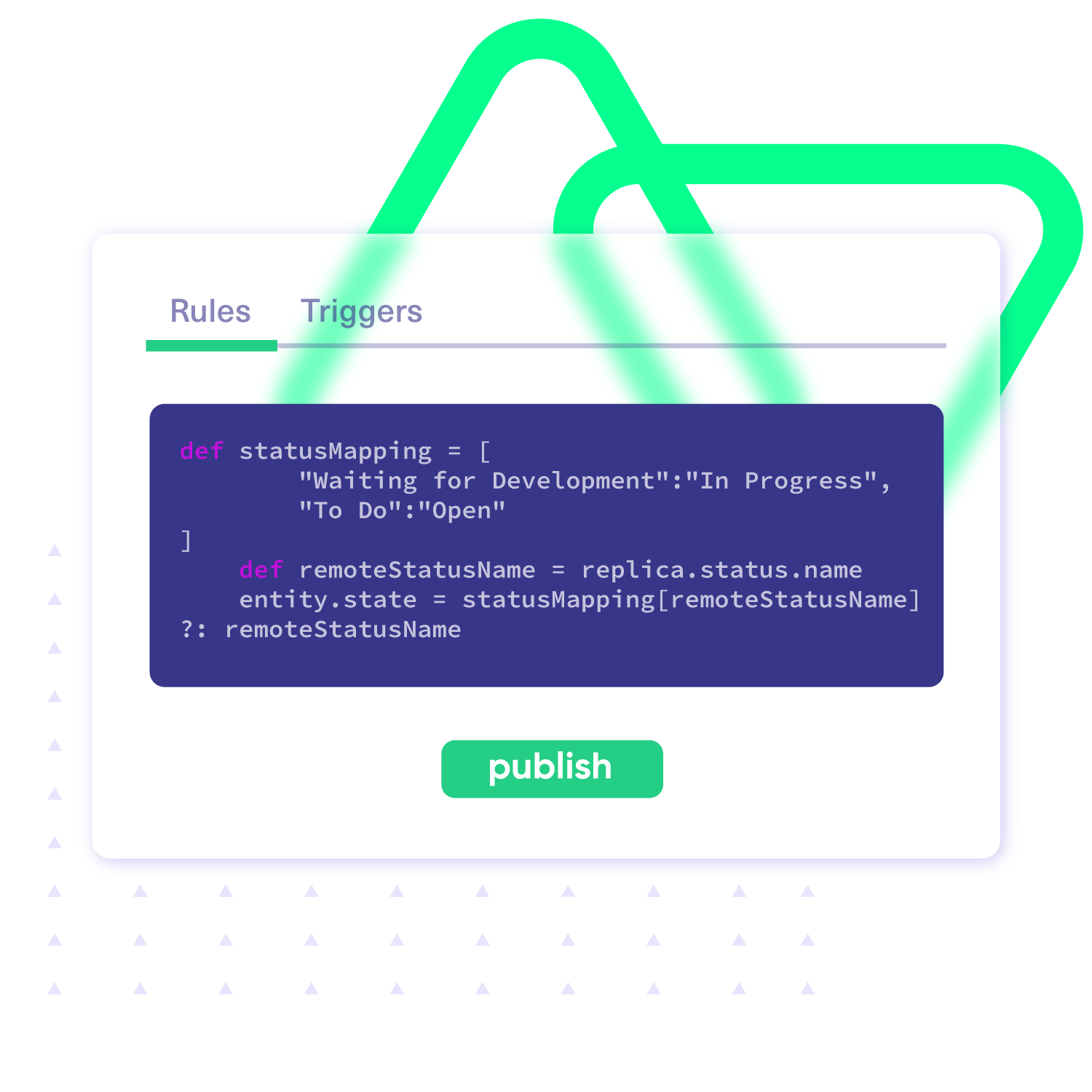
Sync Any ServiceNow Entity With Other Platforms
Sync all ServiceNow entities available via REST APIs.
Simply look for the field names in ServiceNow tables, choose what you want to sync, and add it to your script.
Common fields to sync
Incidents
All fields are supported, including:
- Short description
- Description
- Assigned to
- Assignment group
- Priority
- Urgency
- State
- Custom fields
- Work notes
Problems
All fields are supported, including:
- Problem statement
- Description
- Assigned to
- Priority
- Urgency
- Impact
- State
Change Requests
All fields are supported, including:
- Short description
- Description
- Assigned to
- State
- Type
- Impact
- Risk
- Requested by

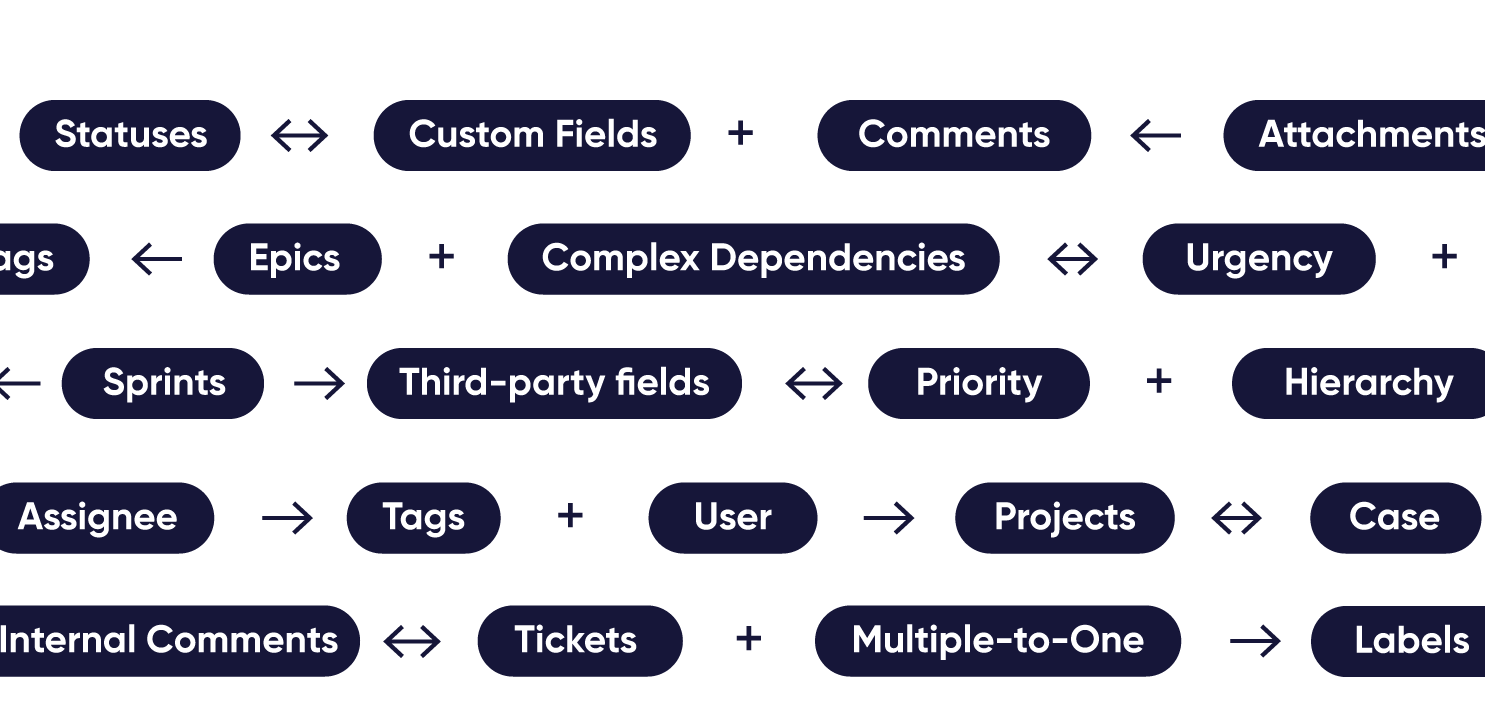
“
We can now handle around 500 customer incidents per week, thanks to Exalate, which is a very good result regarding the number of products we’re dealing with. It synchronizes 45x faster than our previous solution.
Christof Cuyper |

Granular Control Over Synced Data
- Have granular control on both integrating sides
- Use simple code to handle complex data mappings and dependencies
- Sync any data available via REST APIs
- Add custom logic, advanced mappings and robust triggers for a full-proof sync
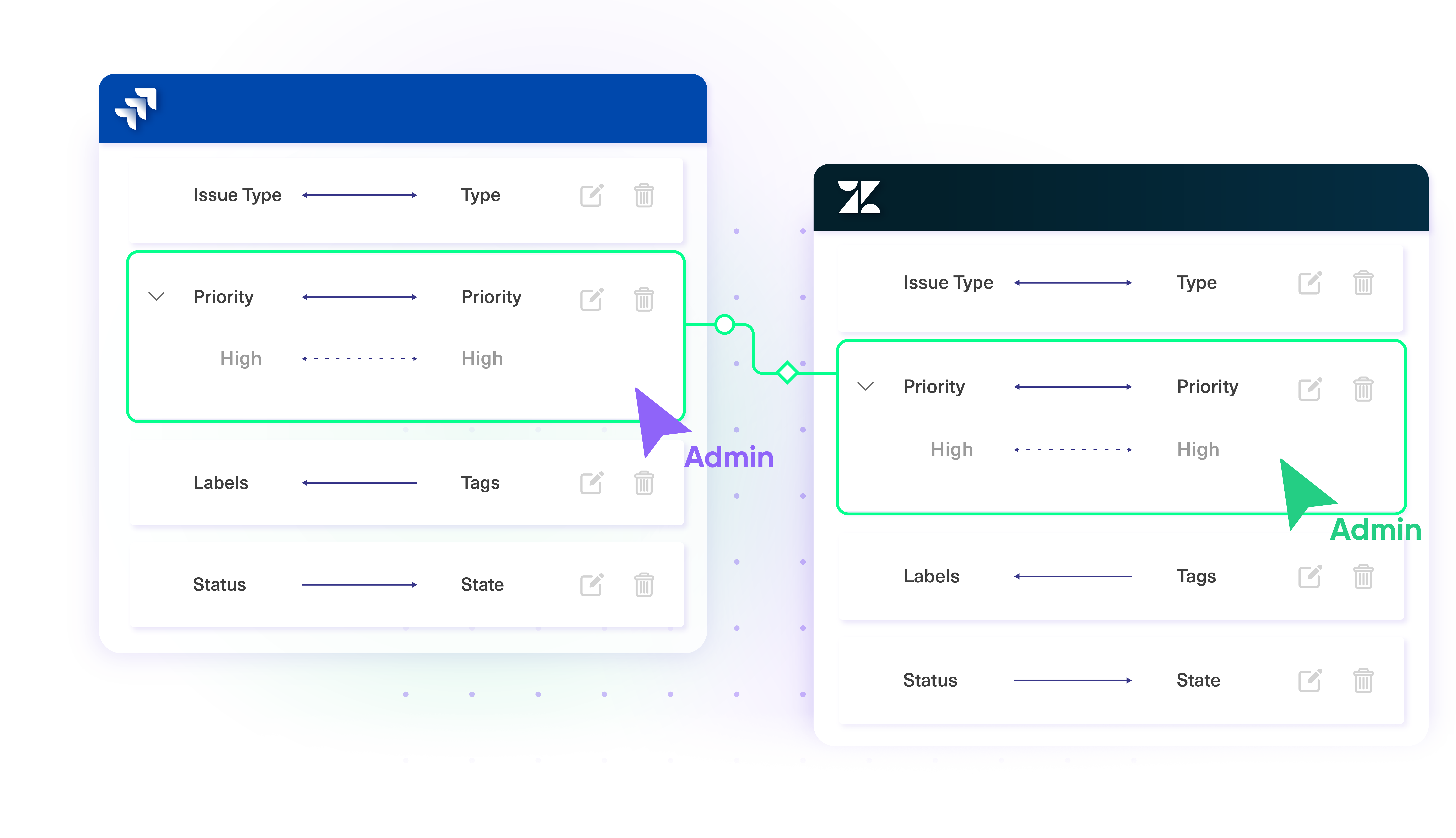
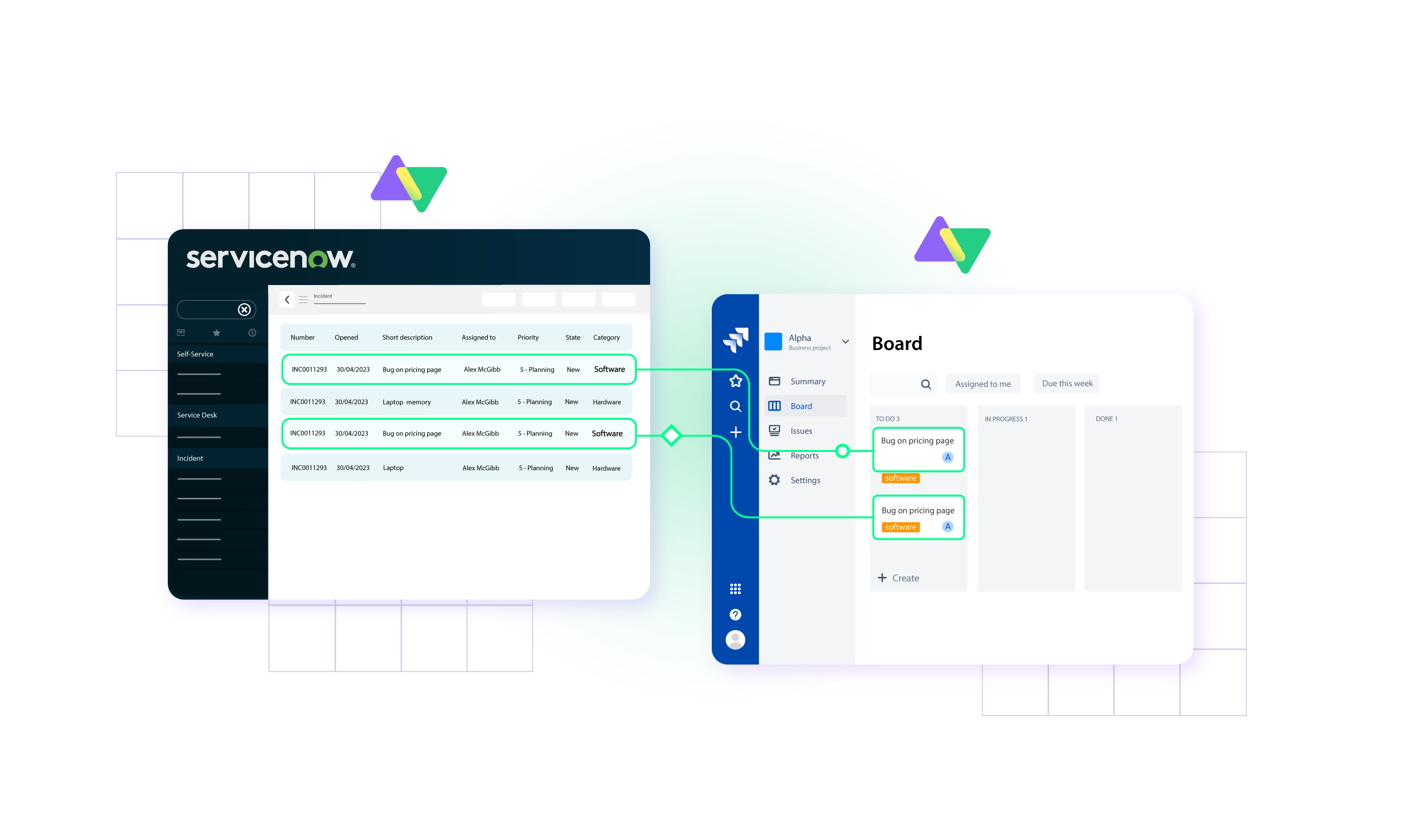
Decentralized ServiceNow Integration
- Have complete control over your incoming and outgoing information
- Don't let the changes made on the other side affect your configuration
Completely Secure ServiceNow Integration
- Exalate's single-tenant cloud infrastructure and distributed architecture keeps your data safe.
- Your systems are loosely-coupled so you can easily scale your ServiceNow integration.
- Stay protected with airtight security features and infrastructure backed by ISO 27001 certification.

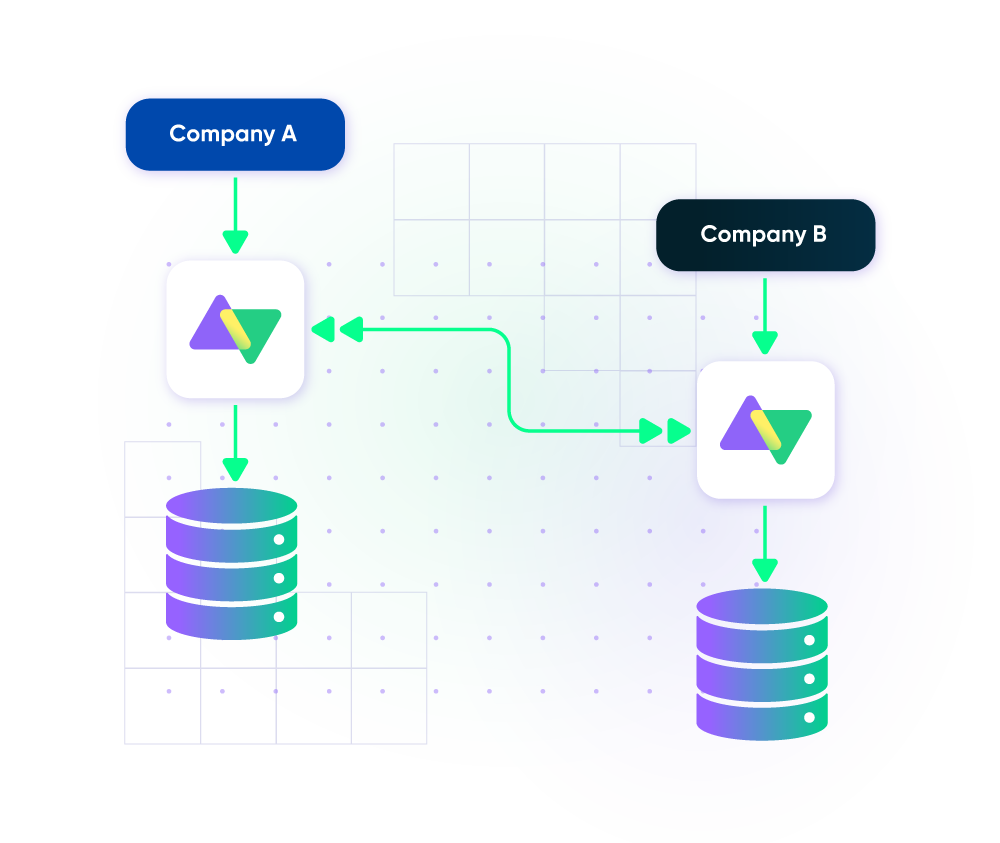
“
The advantage of Exalate’s decentralized architecture is that it’s not like a new learning curve for the customers to get into a new platform and figure out how they need to operate. They can just operate as they normally do, and that makes a huge impact on the overall outcome of security incidents.
Alexander Sinno |

Set up Your ServiceNow Integration in 5 Simple Steps
01
install
Install Exalate on ServiceNow and the other side(s).
02
connect
Connect ServiceNow to your other systems.
03
customize
Map fields as you like.
04
automate
Set up triggers to automate ServiceNow integration.
05
sync
Your tools are connected. Happy syncing!
FAQ
Answers to the most frequent questions.
Didn't find what you were looking for? Ask Aida
Exalate for ServiceNow is priced based on multiple factors. We recommend you get in touch with our team for a quote. You can book a short call or message us on the chat on this page.
System failures and down times lead to failed synchronizations. Exalate makes the whole sync process asynchronous using transactional sync queues at both integrating sides. It tracks sync events in the same order as the original issue event. So changes can be applied in the same order once the down time or error is fixed. It also has an integrated retry mechanism to resume the sync from the point of interruption without manual intervention.
Exalate syncs all default and custom ServiceNow entities available via REST APIs. The most commonly synced entities are incidents, problems, change requests, and catalog tasks.
Yes, you can choose to install Exalate on your own server with docker.
Most cloud deployment models support multi-tenancy where infrastructure is shared to implement a certain functionality.
So there’s an increased risk of unauthorized access.
Exalate’s single-tenancy model ensures every instance has its own process space, file system, network and database completely separated from all other instances.
This model is available for all cloud deployments of Exalate like ServiceNow, GitHub, Zendesk, Salesforce, Jira and Azure DevOps.
Yes, it’s possible to display the correlation details within your ServiceNow instance.
For example, while setting up a Jira ServiceNow integration, you can display the issue key and the issue URL in the Correlation ID and Correlation display fields respectively.
Yes, you can use Exalate to sync ServiceNow entities with multiple ITSM systems like Jira Service Management (JSM), Zendesk, or another ServiceNow instance.

















